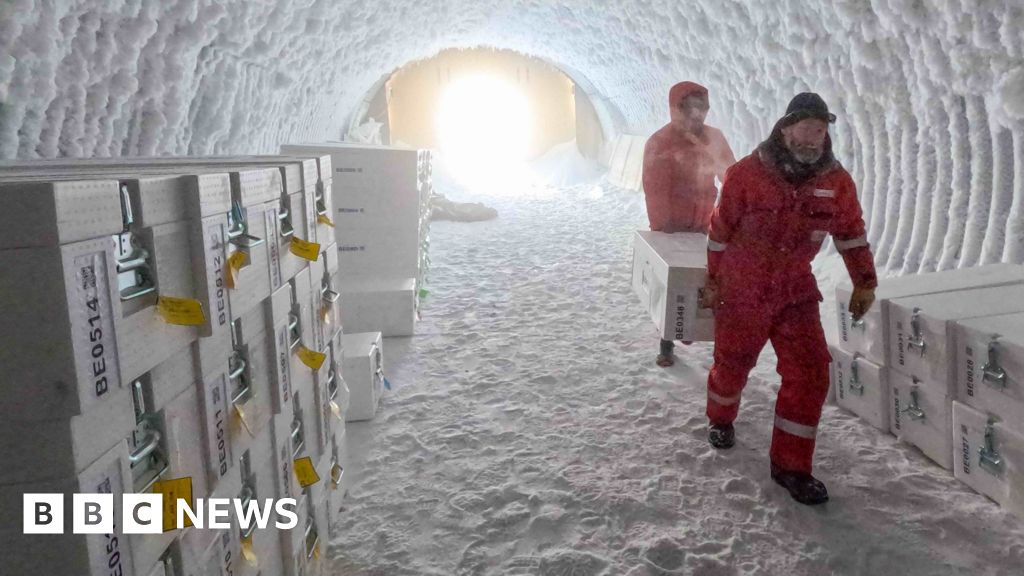T4K3.news
Ancient artifacts reveal Earth's magnetic history
Research on Iron Age artifacts shows important insights into Earth's magnetic field changes.

Artifacts from the Iron Age help scientists understand changes in Earth's magnetic field.
Ancient artifacts reveal Earth's magnetic mysteries
Researchers have discovered that ancient Iron Age artifacts contain magnetic minerals that can provide valuable insights into Earth's magnetic field history. This discovery stems from a significant anomaly found in southern Jordan, named the Levantine Iron Age Anomaly, revealing fluctuations in Earth's magnetic field dating back about 3,000 years. Using a technique known as archaeomagnetism, scientists analyze materials like metal waste to recreate magnetic conditions of the past. This method may offer a deeper understanding of magnetic anomalies and their implications for our planet today, especially given concerns over a weakening magnetic field that shields us from space radiation. However, challenges remain, including the high cost of measuring equipment and a scarcity of global data.
Key Takeaways
"There was no model that could explain such a spike."
Ben-Yosef discusses initial skepticism regarding the magnetic anomaly's magnitude.
"We cannot directly observe what is going on in Earth's outer core."
Shaar explains the necessity of studying the magnetic field to understand core dynamics.
"We clearly have a very strong bias in the data distribution."
Korte highlights the skewed availability of data and its implications for global understanding.
"Maybe there are more anomalies to find."
Shaar expresses hope for future discoveries in the realm of archaeomagnetism.
The findings from the Levantine Iron Age Anomaly illustrate the potential of archaeomagnetism to reshape our understanding of Earth's magnetic field. As scientists confront the reality of a weakening magnetic shield, the ability to predict future changes based on historical anomalies becomes crucial. This research highlights a growing interdisciplinary collaboration that could unlock new insights into our planet's geological history and its influence on modern technology, particularly as satellite communications become more prevalent.
Highlights
- Understanding Earth's magnetic past can shape our future.
- Ancient artifacts hold clues to our planet's magnetic history.
- Weakening magnetic fields raise fresh concerns for satellite safety.
- Unlocking past anomalies could help predict future magnetic behavior.
Potential risks from weakening magnetic field
A weakening magnetic field could disrupt satellite communications and increase exposure to space radiation, posing risks to technology and human health.
The implications of these findings are crucial as we rely more on technology that navigates our planet's magnetic fields.
Enjoyed this? Let your friends know!
Related News

Research Reveals Earth's Magnetic Collapse Impacted Early Humans

New Gravity Anomaly Discovered Beneath Indian Ocean

Geologists Discover Ancient Structures Beneath Earth's Surface

Research reveals 30 ancient human species

Discovery of 3,500-Year-Old Cemetery in Egypt Announced

Ancient event transformed ocean levels

Ancient ice core research gains traction in UK

Scientists Discover Ancient Landscape in Antarctica
